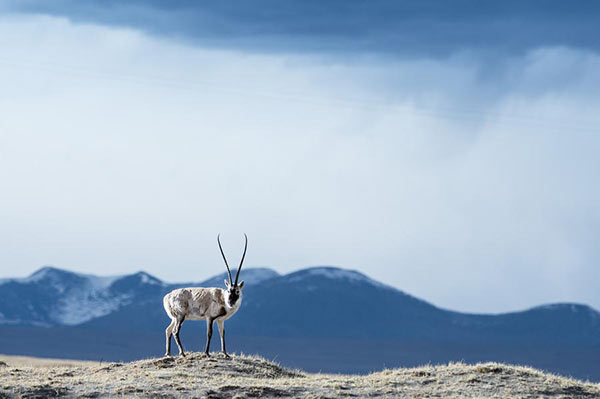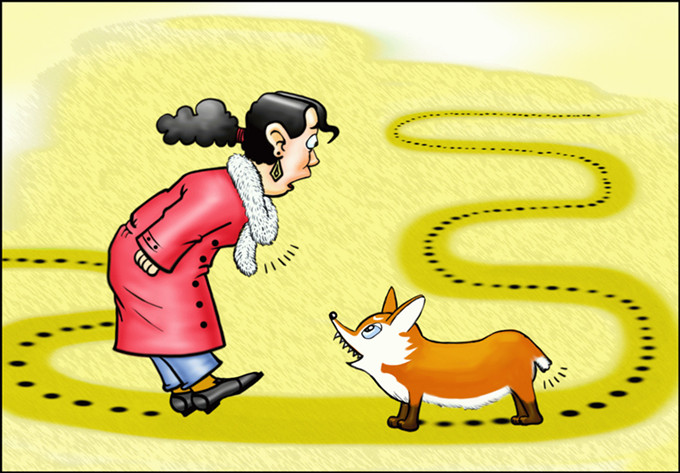World heritage listing is not a green light for exploitation
 |
|
A Tibetan antelope at the Kekexili Nature Reserve. [Photo/Xinhua] |
The two sites have good reason to be recognized by UNESCO given the enormous efforts the local governments and residents have made to protect their environments.
Encompassing a vast uninhabited area on the Qinghai-Tibet Plateau, the Kekexili National Nature Reserve is home to more than 200 wildlife species including the endangered Tibetan antelope. However, until eight years ago, even its average elevation of 4,600 meters above sea level did not stop poachers from entering the reserve and killing the antelopes. Now, thanks to concerted anti-poaching efforts, Tibetan antelopes are no longer listed as an endangered species.
Kekexili's inclusion on the UNESCO World Heritage List offers inspiration to those protecting the nation's natural and cultural heritage. Other nature reserves whether on the list or not, must stay true to their mission of preserving the country's natural beauty and wildlife.
However, many of China's 52 World Heritage sites receive poorer protection after being listed, as some local officials see being included on the list as a goose that lays a golden egg instead of an inspiration to better protect cultural relics. Some of them have received warnings from UNESCO over the past two decades for failing to keep up the good work.
Listed as a UNESCO World Natural Heritage Site in 1992, Zhangjiajie National Forest Park in Central China's Hunan province received a warning just six years later because of a number of newly constructed buildings. It had to restore an area of nearly 340,000 square meters at the cost of over 1 billion yuan ($150 million).
The purpose of applying for inclusion on the UNESCO World Heritage List is to better protect a county's natural and cultural heritage, not to exploit their commercial potential.


















